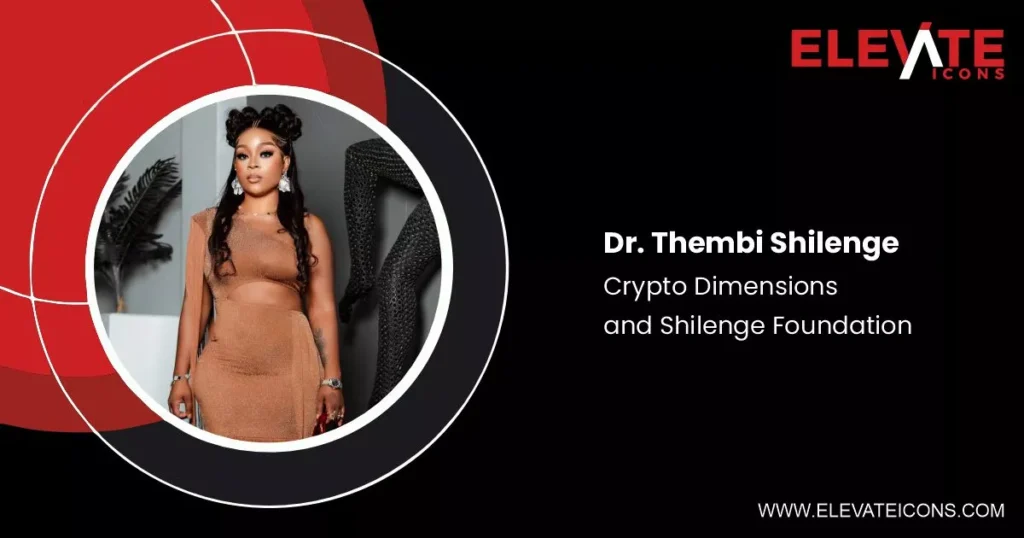Social media buzz is often unpredictable yet revealing. A recent phrase began to trend massively, Trump Is Dead. That grabbed attention fast. A poll from Pew Research found that 65% of adults say they saw viral rumors online in the last month, and nearly half say those rumors changed their view of the people around them. That level of exposure matters. What really happened here involves a hit TV show, a moment of collective amusement, and a reminder about how quickly digital chatter evolves.
What Sparked “Trump Is Dead” on Social Media
A handful of tweets with pictures and memes featuring Trump Is Dead began to spread. They had no official source. Some readers mistook satire as fact. One viral post combined a still from The Simpsons with that phrase plastered in big letters. Soon enough, trending sections surfaced the phrase.
At its height, it appeared alongside unicorn and blue check mark rumors. Platforms like Twitter and Facebook amplified the message without verification. That amplification explained how something without foundation reached millions in hours. The Trump viral trend was now unstoppable.
How The Simpsons Played a Role in the Trend
This is where the story turns interesting. The Simpsons show delivered so many memorable gags that people can pull them out like cultural shorthand. In one classic scene, Bart holds a sign declaring a town event shocking. Fans altered that visual, replacing the text with Trump Is Dead. The effect combined familiarity with shock.
Viewers responded because seeing Bart hold dramatic text has two signals: nostalgia and surprise. That combination nudged people to share. Nobody remembered it from an actual episode. It had become its own thing. What this really means is that familiar imagery boosts trust in the message, even if it is false. This explains why the “Trump Is Dead” viral trend quickly spread across platforms.
Why People Shared It, How Rumors Catch Fire
This bold claim caught attention because it was outrageous. Humans are wired to notice dramatic statements. Add a popular cartoon figure, and everyone knows how to pause, look again, share. Online culture rewards quick reactions. A tweet with 140 characters hits fast. But people rarely pause to check. That kind of behavior encourages falsehoods to spread more quickly than clarifications. We see it again and again. The speed of forwarding outpaces the speed of verifying. Real news struggles to keep up. In this case, even the Trump death hoax had more momentum than truth.
Imagine telling a friend across a coffee table that you heard a wild rumor. That conversation might make someone raise an eyebrow. Online, that raised eyebrow becomes a share, then a retweet, then a trending topic. Moment to moment, our networks amplify impulses. That chain reaction explains how rumors feel urgent and real. Most people do not double-check. They respond. That response becomes proof for those who see it next. Some even joked with a “Trump Is Dead” meme, further fueling the narrative.
The Ripple Effects: Beyond a Meme
What appears as a joke or momentary fluff has deeper consequences. Some people believed it. That belief caused anxiety. Others treated it as a satire point. Still others used it to troll politics. One small rumor became a mini-crisis in feeds across platforms. The Trump viral trend had now crossed into real-world discussions.
Moreover, it sparked discussion about verification tools. Journalists and media outlets fielded questions: Did Trump die? Was that scene real? Getting clarity took effort. A few news outlets published fact checks with screenshots showing that no such episode aired. Still, many only saw the rumor and had it in their heads. This is exactly how a Trump death hoax works, once seeded, it lingers.
That pattern is familiar. A catchy phrase surges, then mainstream media tries to catch up. Damage is sometimes done by then. Public opinion shaped by humor can slip into disinformation territory. That moves beyond laughs. Even politicians weighed in. A JD Vance Trump remark linked the rumor to a JD Vance terrible tragedy, further stirring the conversation.
Lessons We Can Draw from the Craze
Let us break it down. There are few lessons we can carry forward.
First, visual familiarity is persuasive. We recognize the Simpsons instantly. We assume what comes with that has truth value. We should challenge that impulse.
Second, outrageous claims spread fastest. A shocking phrase grabs attention. Stop, breathe, ask: Where did this start? Who reported it first?
Third, fact-check before amplifying. A quick search helps, no official source said Trump Is Dead. That simple step stalls the spread.
Fourth, platforms must weigh speed against truth. Algorithms prioritize engagement. That invites sensational posts. We can push platforms to elevate credible signals over hot takes.
Fifth, individuals can pause. Before sharing, we can stop and reflect. That tiny interval can shift the trajectory of rumors. Even if it looks like just another “Trump Is Dead” meme, the pause matters.
Consider the analogy of a forest fire. A spark in dry conditions spreads fast. Fire crews try to slow it. In social media, we are the sparks and the crew. We can choose to share or we can choose to check. That pause saves a lot. Even politicians like JD Vance remind us how one false spark can resemble a JD Vance terrible tragedy.
This brings us to a moment of clarity. What began as a throwaway caption ended up trending. The Simpsons connection made it catchy. The speed of online feeds made it viral. The fallout, confusion, anxiety, media scramble, reveals how powerful social media really is. The Trump viral trend is more than entertainment; it is a study in human behavior.
We walk away with something useful. We now have a story that showcases how easily modern rumor spreads, especially when it blends satire and pop culture. We carry forward the insight that it only takes one moment of amusement, or ignorance, to create a wave. What this means is that we each share responsibility. The Trump death hoax reminds us how fragile truth can be in the digital space.
So the next time something shocking trends, especially one with no news report, let us recall Bart holding that altered sign. Let us pause. We can consider the effect of our shares. We can lean on our curiosity, rather than our urge to react. That shift in behavior can slow down misinformation. That helps. As JD Vance reflected, even rumors like Trump Is Dead can echo like a JD Vance terrible tragedy, leaving lessons we cannot ignore. And in the end, the “Trump Is Dead” viral trend proves how culture, politics, and humor collide faster than we can process.
Read Also: Paris Hilton Net Worth Breakdown: Inheritance vs. Business Empire








